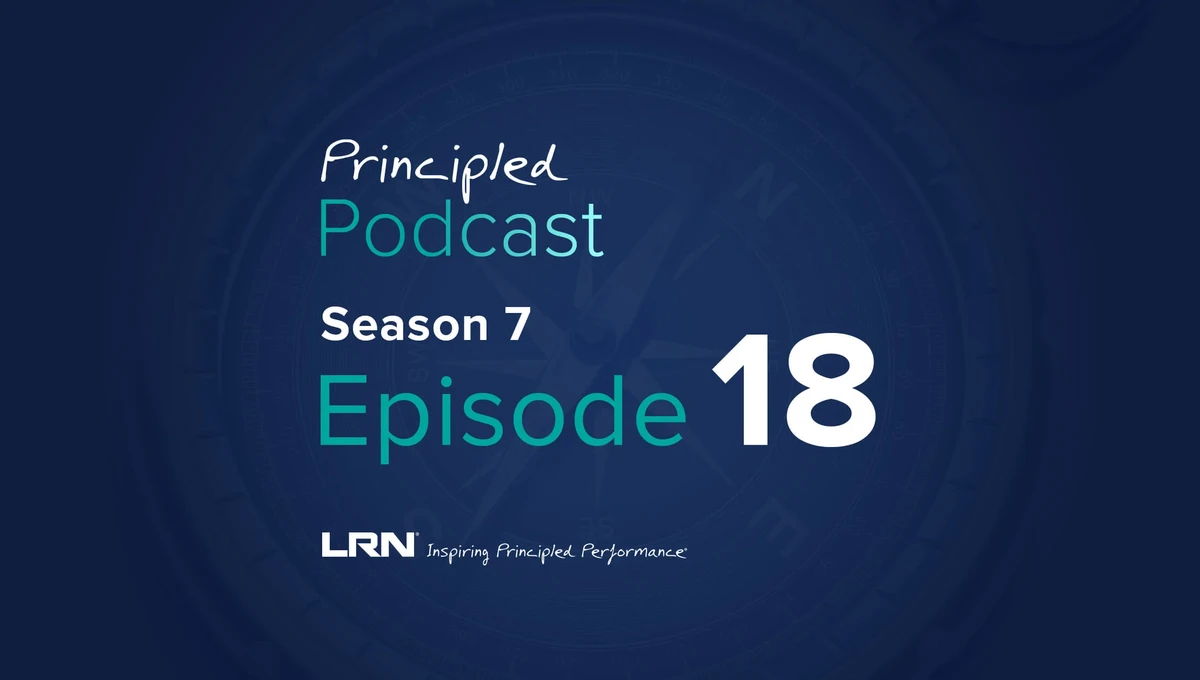===============================================
Anchoring is a cognitive bias that influences traders’ decision-making, leading them to rely too heavily on the first piece of information they encounter. This bias can significantly affect trading strategies, particularly in financial markets where rapid decision-making is critical. In this article, we will explore what anchoring bias is, how to identify it in trading strategies, and methods to mitigate its effects. By understanding anchoring bias and its impact, traders can improve their decision-making processes and reduce costly mistakes.
Table of Contents
What is Anchoring Bias in Trading?
Anchoring bias refers to the tendency for individuals to rely heavily on an initial piece of information when making subsequent decisions. In trading, this bias often manifests when traders base their judgments on the first price they observe, an initial estimate, or a past price point, without properly adjusting for new information.
For example, if a trader sees that a stock price has recently hit \(100, they may anchor their expectations around that price and continue to believe it will return to \)100 even if the fundamentals suggest otherwise. This can lead to irrational decision-making and missed opportunities.
How Anchoring Affects Trading Strategies
Anchoring can have a profound impact on various types of trading strategies, especially those involving technical analysis, fundamental analysis, and quantitative models. Traders who are anchored to outdated or irrelevant price points may ignore new market data, leading to poor trade executions.
For instance:
- Technical traders might anchor their decisions to historical support or resistance levels, disregarding more current trends or market conditions.
- Fundamental analysts may anchor to an earnings report or company valuation from a previous quarter, failing to incorporate the most recent economic indicators.
- Quantitative traders could be overly influenced by backtested models or past performance data, leading them to ignore the changing dynamics of the market.
In each case, the trader’s ability to adapt and make decisions based on real-time data is compromised by an overreliance on initial information.
Identifying Anchoring in Trading Decisions
Recognizing when anchoring bias is influencing your trading strategy is essential for mitigating its impact. Below are some common signs and indicators of anchoring bias in trading decisions:
3.1 Common Indicators of Anchoring Bias
- Relying on Historical Price Levels: If a trader consistently makes decisions based on past price points, such as old resistance or support levels, without adjusting for new information, this may signal anchoring.
- Unwillingness to Adjust to New Information: A trader who stubbornly refuses to change their outlook on a stock or asset, even when new news or data suggests a shift, may be anchored.
- Overweighting Initial Estimates: When initial assumptions, such as price targets or market forecasts, influence a trader’s future decisions disproportionately, anchoring bias is at play.
- Confirmation Bias: Anchored traders may actively seek out information that supports their initial assumptions while disregarding contradictory data.
3.2 Real-Life Examples of Anchoring in Trading
Example 1: Stock Price Anchoring
A trader buys a stock at \(100, and after the stock rises to \)120, they expect it to return to $100 after a small dip. The trader refuses to sell even though market conditions suggest the stock will fall further, relying on their initial purchase price as the anchor.
Example 2: Anchoring in Technical Analysis
In technical analysis, a trader might hold onto the belief that a stock will bounce back at a previous support level, despite the fact that the stock’s trend has shifted, and new data suggests it will continue downward. The trader is anchored to historical support levels rather than current market conditions.
Example 3: Anchoring with News and Events
Traders might also be anchored by initial interpretations of news events, such as a company’s earnings report. If a trader initially believes that a company’s future is bright based on a positive earnings surprise, they might ignore later negative developments or signs of poor management, sticking to their initial positive bias.
Mitigating Anchoring Bias in Trading
To avoid the negative impact of anchoring bias, traders need to develop strategies that emphasize awareness, flexibility, and data-driven decision-making. Here are some effective methods:
4.1 Awareness and Self-Reflection
The first step in combating anchoring is awareness. Traders should routinely evaluate their biases and decision-making processes. Self-reflection and acknowledging when you might be anchoring on past data or information can help in overcoming the bias. Traders should ask themselves questions like:
- Am I relying too heavily on a past price level or event?
- What new information should I be considering in my decision-making?
4.2 Using Data-Driven Decision Making
Traders can reduce the effects of anchoring by relying more on data-driven approaches. Rather than anchoring to past price levels or historical data, traders should make decisions based on the most up-to-date information available, such as real-time market data, price action, and quantitative models. Using algorithmic trading strategies and automated systems can further remove human bias from trading decisions.
4.3 Utilizing Technical and Quantitative Models
For those who trade using quantitative analysis or technical analysis, it’s important to adjust models regularly to reflect new data. Backtesting should be part of this process, ensuring that the strategies are updated and applicable to current market conditions. This reduces the tendency to rely on outdated strategies or assumptions and helps traders remain flexible in their approach.

Why Understanding Anchoring is Crucial for Traders
Understanding anchoring is vital because it can significantly affect decision-making and trade outcomes. Traders who are anchored to past data or initial assumptions may fail to adjust their strategies when market conditions change. This lack of flexibility can lead to missed opportunities or significant losses.
For example, an investor who is anchored to a stock price of \(50 might continue to hold the stock even as it falls to \)30, believing it will return to its original price. This type of behavior can result in lost profits or unnecessary losses. On the other hand, traders who understand anchoring and take steps to avoid it can make more informed, objective decisions, leading to better trading outcomes.

Frequently Asked Questions (FAQ)
1. How does anchoring affect quantitative trading?
Anchoring in quantitative trading can cause traders to rely too heavily on past models or assumptions, which may no longer be valid in changing market conditions. This bias can lead to poor model performance or missed market opportunities. To mitigate this, it’s crucial to update models regularly and backtest strategies to reflect real-time data.
2. What are some ways to avoid anchoring bias in trading decisions?
To avoid anchoring bias, traders can:
- Stay aware of their cognitive biases and question assumptions.
- Focus on current data and adjust strategies based on new market information.
- Use automated trading systems to reduce the emotional component of decision-making.
- Regularly review past trades to identify any patterns of anchoring and adjust strategies accordingly.
3. Can technical analysis be affected by anchoring bias?
Yes, technical analysis is particularly vulnerable to anchoring. Traders might anchor to past support and resistance levels, believing they will always hold, even when market conditions change. To avoid this, traders should remain flexible and use real-time data to validate or adjust their analysis.
Conclusion
Identifying and mitigating anchoring bias in trading strategies is essential for making objective, data-driven decisions in the fast-paced world of financial markets. By being aware of cognitive biases, utilizing updated quantitative models, and avoiding reliance on past data or initial assumptions, traders can avoid costly mistakes and improve their overall performance. Understanding how anchoring works and its effects on trading is key to achieving long-term success in the markets.

0 Comments
Leave a Comment